- EUROMAR 2022
- GNAT 1.3 released
- JMR Young Scientist Award
- SMASH poster award
- Workshop on pure shift NMR
- Course in diffusion NMR at UNICAMP, Brazil
- GNAT - the General NMR Analysis Toolbox
- James N. Shoolery Award
- New version of the DOSY Toolbox
- Spotlight on PSYCHE
- Gareth Morris FRS
- JMR cover for The Varian Story
- More...
Current Research
| Pure Shift NMR Spectroscopy suppresses the effects of homonuclear coupling, allowing 1H spectra to be produced that contain chemical shift only, with no multiplet structure, a major improvement in resolution. |
 |
| Diffusion-Ordered Spectroscopy (DOSY) allows the NMR signals of different species to be separated according to diffusion coefficient, and hence according to size. |
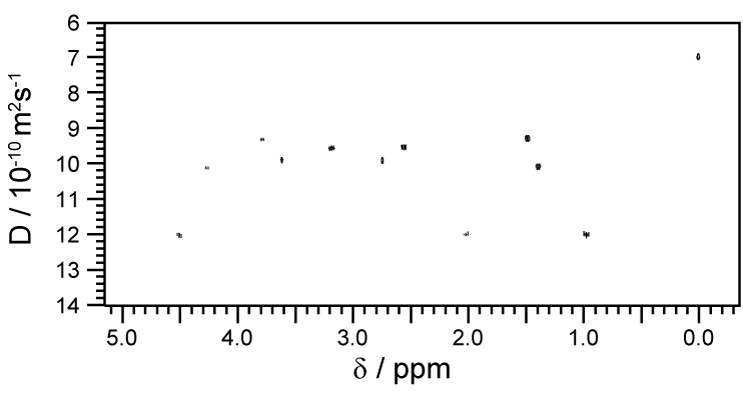 |
| Multivariate Processing Methods allow NMR signals of different species to be cleanly separated, for example for kinetic studies, even in highly overlapped spectra. |
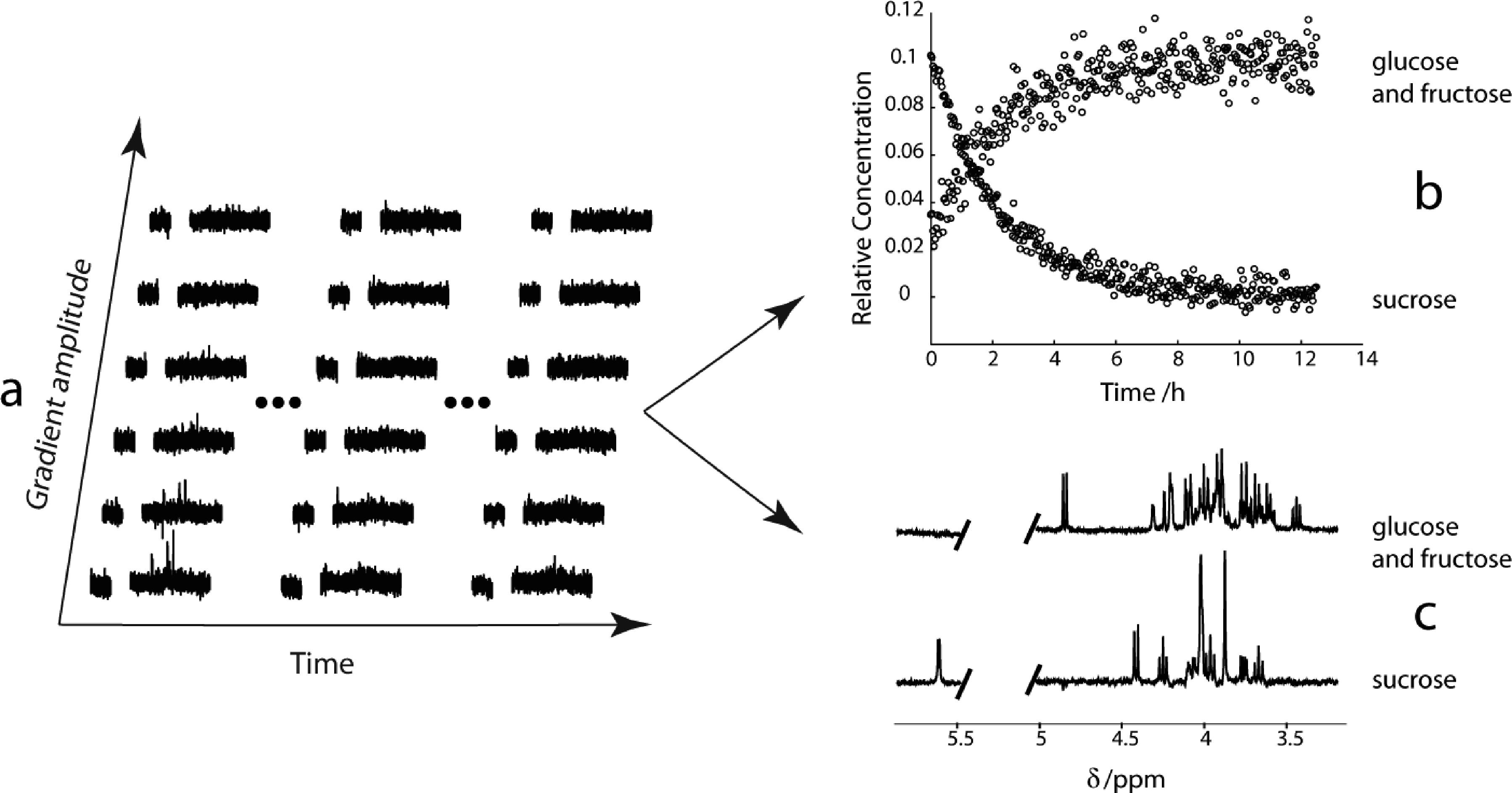 |
| Matrix Assisted Diffusion-Ordered NMR Spectroscopy exploits chemically specific interactions to change the diffusion behaviour of analytes in a mixture, for example using interactions with surfactant micelles to resolve the signals of isomers that would normally have the same diffusion coefficient. |
 |
| Suppression of J modulation has been achieved using the perfect echo, to measure T2, and to suppress solvent signals without distortions. |
 |
| Reference Deconvolution uses the evidence within experimental datasets to deduce what instrumental errors or distortions (e.g. B0 field inhomogeneity or phase or frequency instability) affected the experiment, and to reverse their effects. |
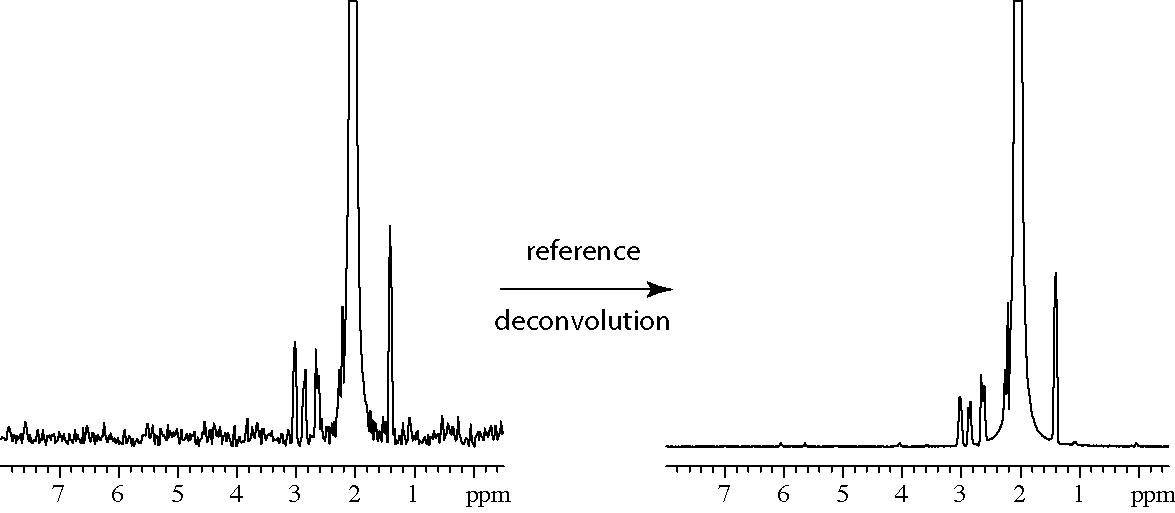 |
| Magnetic Resonance Imaging uses the same physics as high resolution NMR spectroscopy to produce 2D or 3D images, for example of water and/or fat distribution in living systems. |
 |
| Automated shimming uses the signal of the solvent to map and correct the magnetic field variation within the sample. |
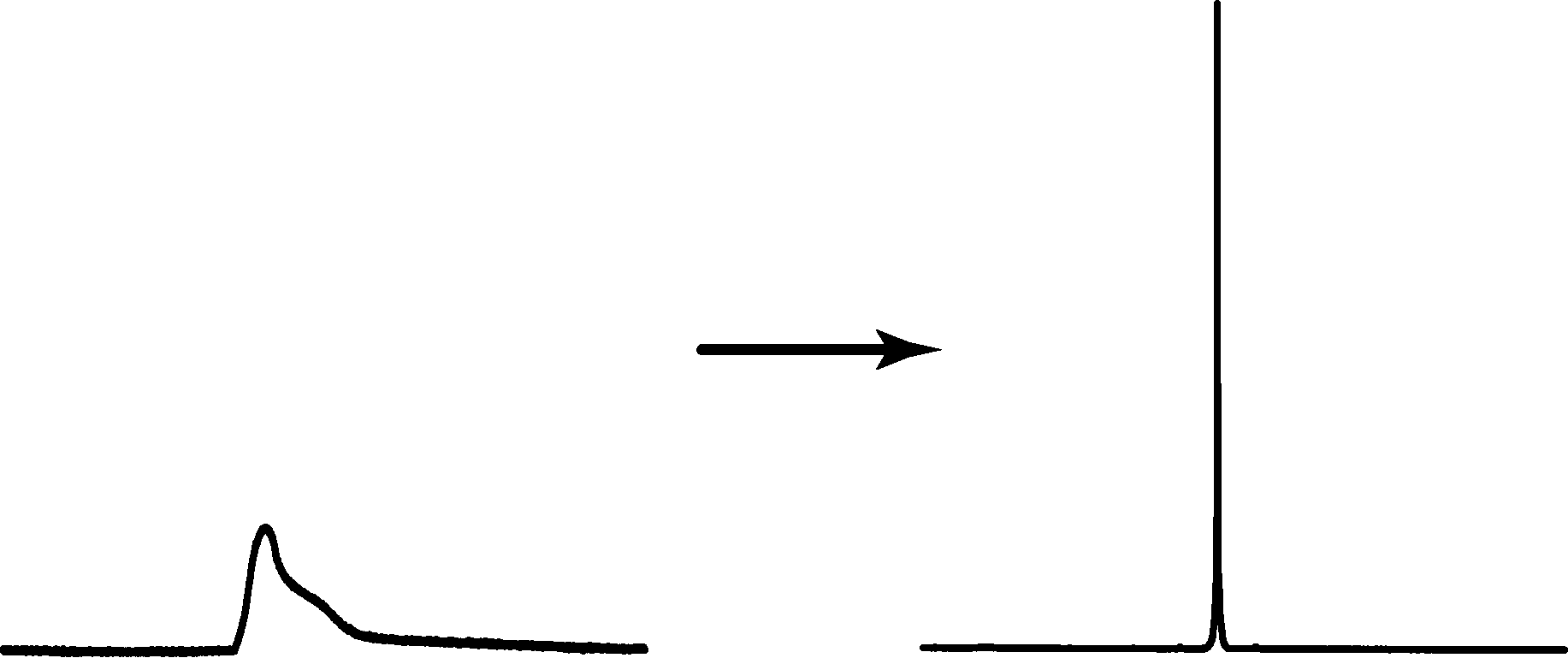 |
|
Collaborations also play an important part in the group's work, both for their own sake and as an incentive to the development of improved experimental methods. |
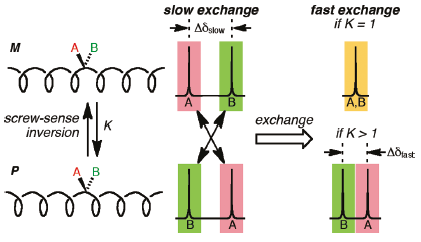 |
News
Recent Publications
- Transcending Resolution Limits in HPLC and Diffusion NMRTranscending Resolution Limits in HPLC and Diffusion NMR
- Rationalising spin relaxation during slice-selective refocusing pulses
- Universally Quantitative Band-Selective Pure Shift NMR SpectroscopyUniversally Quantitative Band-Selective Pure Shift NMR Spectroscopy
- Ultraselective, Ultrahigh Resolution 1D TOCSY
- Ray Freeman. 6 January 1932—1 May 2022
